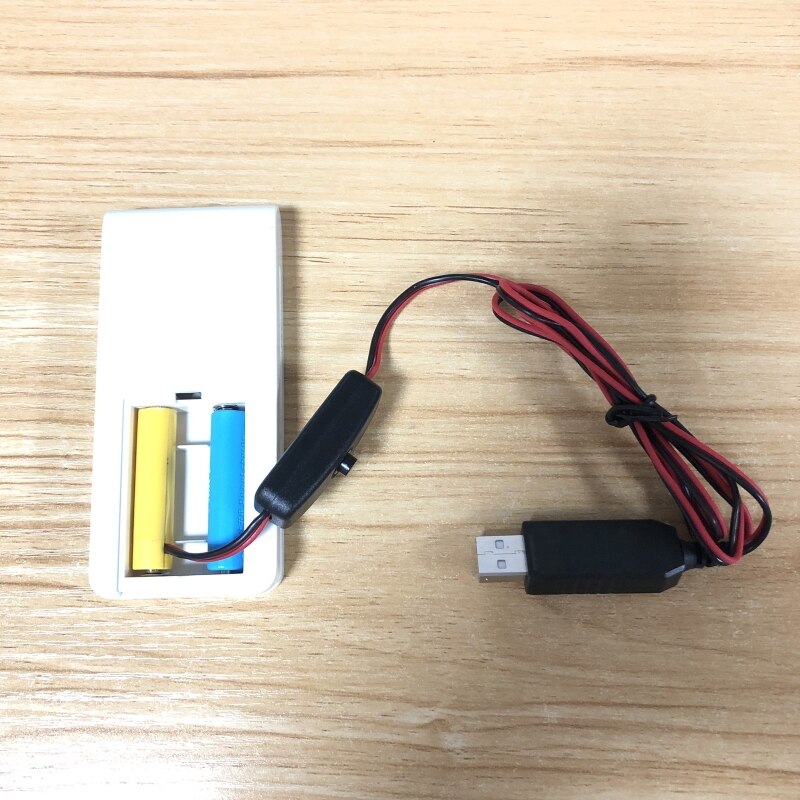
How to replace battery cables
Despite their simplicity, battery cables are one of the most important components of a car's electrical system. They serve as the main link between the main power source of the car, the battery, starting, charging and electrical systems of the car.
Due to the nature of car batteries, battery cables are often susceptible to corrosion both internally and at the terminals. When corrosion builds up at the terminals or inside the wire, the resistance of the cable increases and the conduction efficiency decreases.
In more serious cases, if the battery cables become too corroded or their resistance becomes too high, electrical problems can occur, usually in the form of starting problems or intermittent electrical problems.
Because cables are generally relatively inexpensive, it is always a good idea to replace them as soon as they become too rusty or worn. In this step-by-step guide, we'll walk you through how to inspect, remove, and install battery cables using just a few basic hand tools.
Part 1 of 1: Replacing Battery Cables
Necessary materials
- Basic set of hand tools
- Battery terminal cleaning tool
- Battery cleaner
- Heavy duty side cutters
- Replacement battery cables
Step 1: Inspect battery components. Carefully inspect and inspect the battery cables you are about to replace.
Track and trace the positive and negative cables all the way from the battery terminals to where they connect to the vehicle.
Identify the cables so that you get the correct replacement cables or, if they are universal cables, so that the new cables are long enough to replace the old ones.
Step 2: Remove the negative battery terminal. When disconnecting a car battery, it is standard practice to remove the negative terminal first.
This removes the ground from the vehicle's electrical system and eliminates the possibility of an accidental short circuit or electric shock.
The negative battery terminal is usually indicated by a black battery cable or a negative sign marked on the terminal.
Disconnect the negative terminal and set the cable aside.
Step 3: Remove the positive terminal. Once the negative terminal is removed, proceed to remove the positive terminal in the same way you removed the negative terminal.
The positive terminal will be the opposite of the negative, connected to the pole marked with a plus sign.
Step 4: Remove the battery from the engine. After both cables are disconnected, remove any locking mechanisms at the base or top of the battery, and then remove the battery from the engine compartment.
Step 5: Disconnect the battery cables. Once the battery has been removed, trace both battery cables to where they connect to the vehicle and disconnect them both.
Usually the negative battery cable is screwed to the engine or somewhere on the frame of the car, and the positive battery cable is usually screwed to the starter or fuse box.
Step 6: Compare current cables with new cables. After the cables are removed, compare them with the replacement cables to make sure they are the correct replacement.
Make sure they are long enough and have matching end ends or ends that will work on the vehicle.
If the cables are universal, use this time to cut them to the correct length with side cutters if necessary.
Also remember to carefully inspect both terminals and replace them with compatible ones if necessary.
Step 7: Install the cables. Once you've verified that the replacement cables will work with your vehicle, proceed with installing them in the same way that they were removed.
When tightening cables, make sure the contact surfaces are clean and free of dirt or corrosion, and that you are not over-tightening the bolt.
Attach both cables to the vehicle, but do not connect them to the battery yet.
Step 8: Reinstall the battery. Using both hands, carefully place the battery back into the engine compartment to install it in place.
Step 9: Clean the battery terminals. After installing the battery, thoroughly clean both terminals with a battery terminal cleaner.
As far as possible, clean the terminals, removing any corrosion that may be present, to ensure the best possible contact between the pins and terminals.
- Functions: You can read more about proper battery terminal cleaning in our How to Clean Battery Terminals article.
Step 10: Reinstall the battery cables. Once the terminals are clean, proceed to reinstall the battery cables to the appropriate terminals. Install the positive battery cable first and then the negative one.
Step 11: Check the car. This completes the installation. Turn the car key to the ON position to make sure there is power, then start the car to make sure everything is working properly.
In most cases, replacing battery cables is a very simple procedure that can usually be completed with a few basic hand tools. However, if you are not comfortable doing such a task yourself, a professional technician such as the one from AvtoTachki can replace the battery cables at your home or office while you sit and relax.

